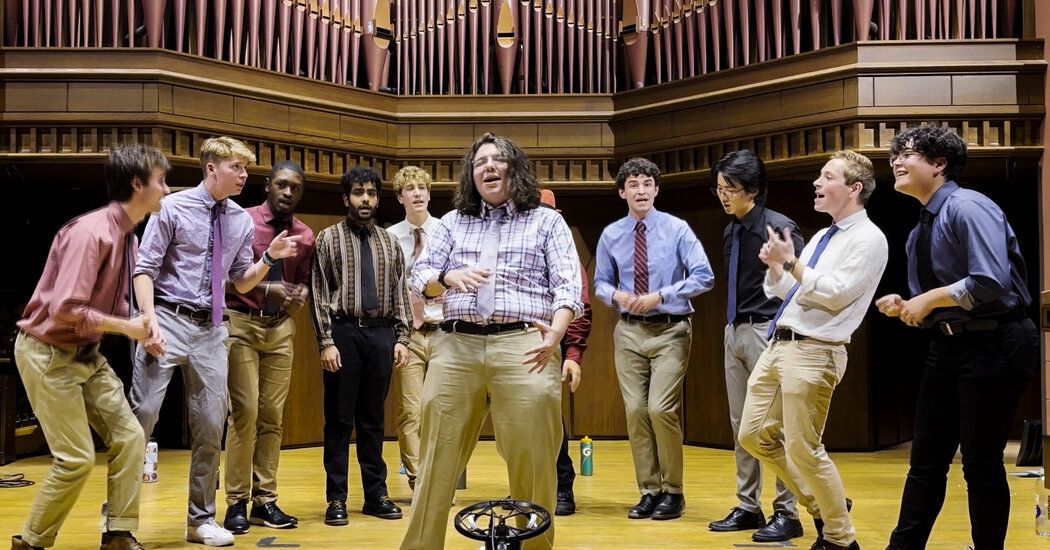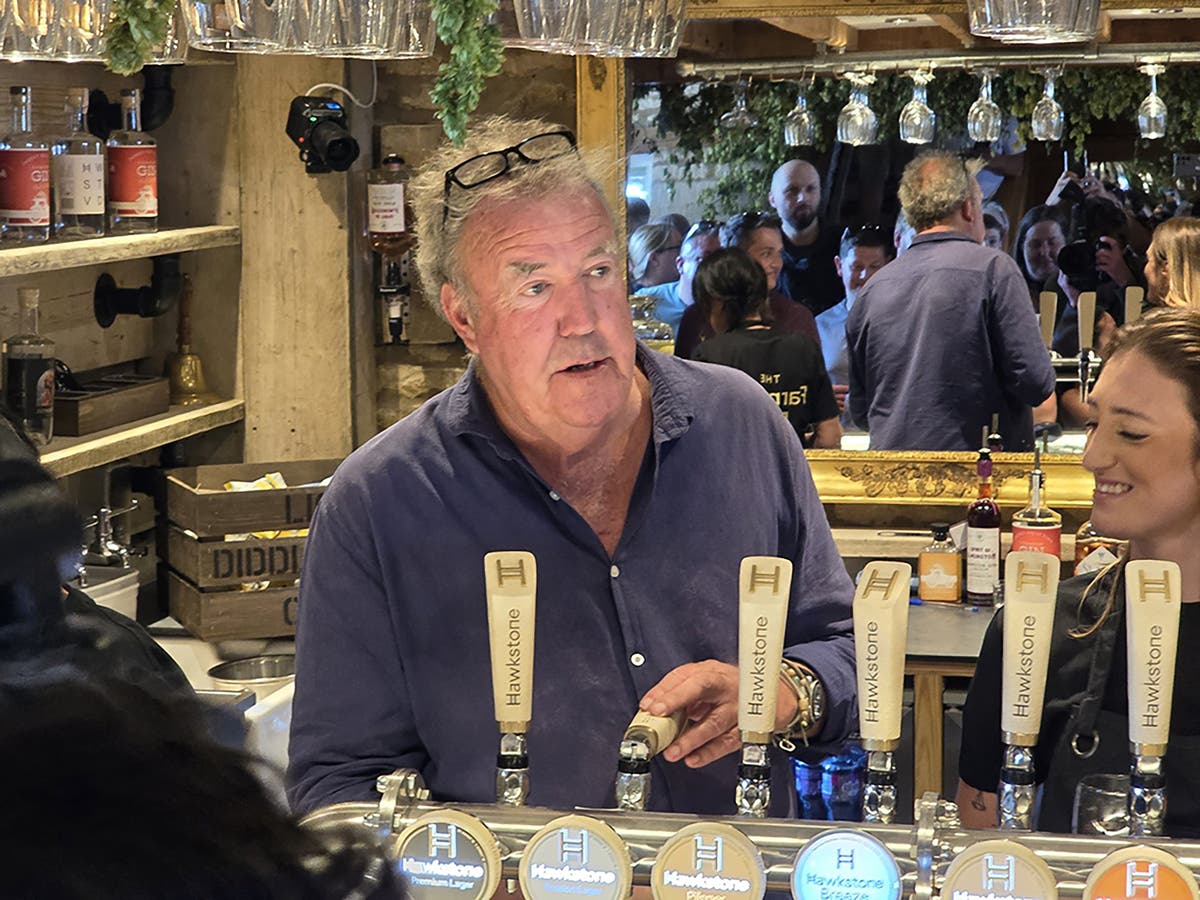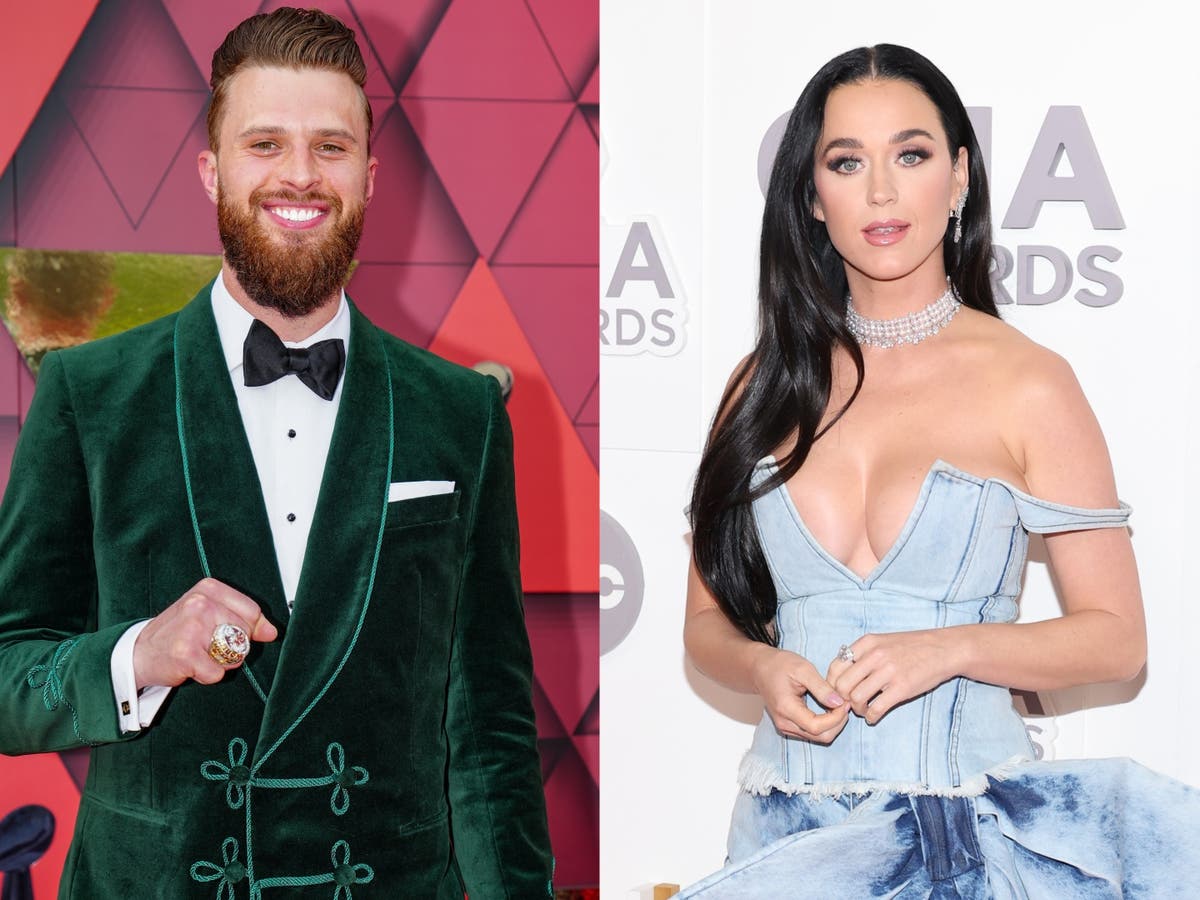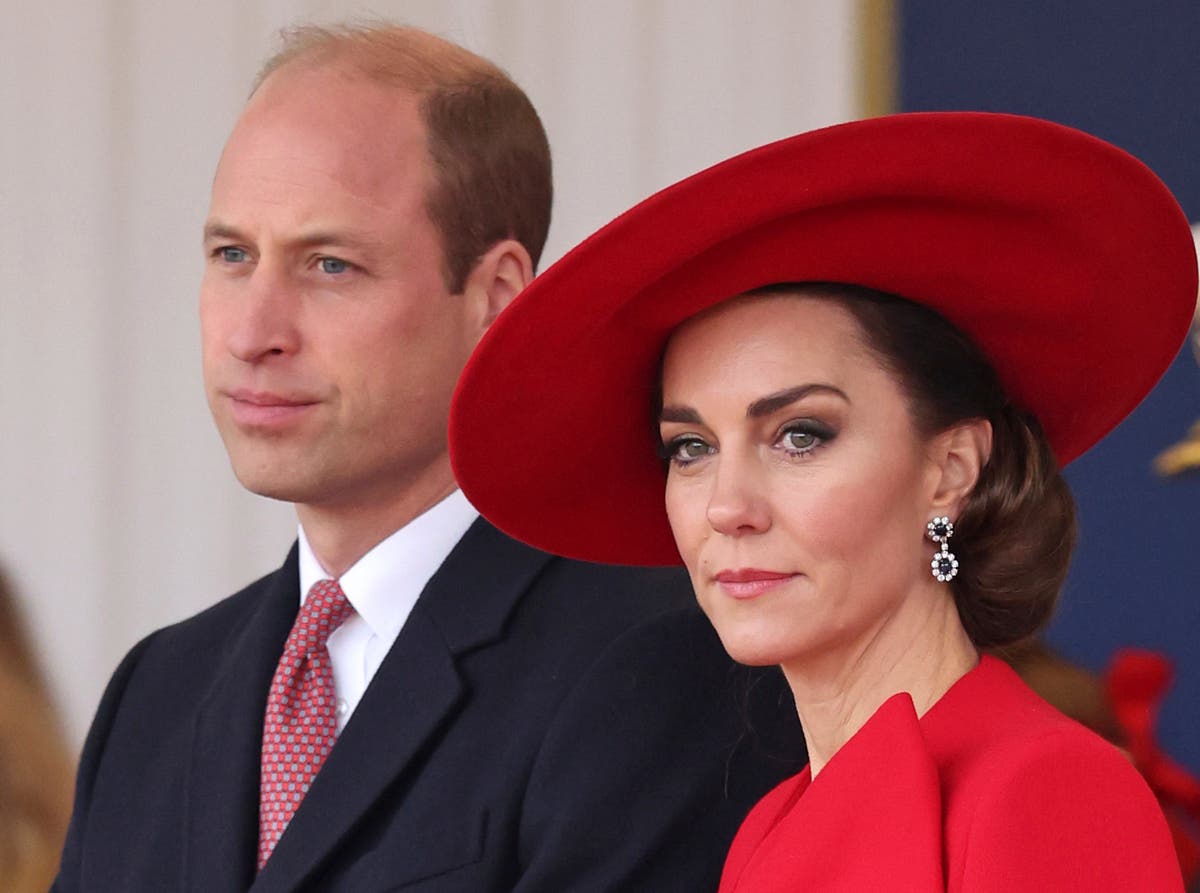In high school, I joined Rebel Yell, an a cappella group named after the Billy Idol song. I mainly beatboxed or sang backup vocals. But one year, my choir teacher gave me lead vocals.
It was on a song called “Insomniac,” by a folk rock duo called Billy Pilgrim. Our audience didn’t know the song before we sang it. None of us did, which made it an odd choice for a contemporary a capella piece, where most of the songs performed are big hits. I didn’t realize until years later that the groups All over the country they sang this song, without knowing anything about the original version.
But why?
Two Emory University students, Kristian Bush and Andrew Hyra, formed Billy Pilgrim in the early 1990s, and their self-titled major label debut came in 1994. “Insomniac” was released as a single, but never reached to the lists. The band, named after the main character in Kurt Vonnegut Jr.’s novel “Slaughterhouse-Five,” also didn’t garner much praise.
The duo stopped playing together in 2000. Bush formed Sugarland with Jennifer Nettles and their music career took off. Hyra became a carpenter.
However, the strangest thing happened with “Insomniac.”
It took on a life of its own. For nearly three decades, the song has been a staple of a cappella groups across the country at all levels, whether high school, college, professional groups, or otherwise.
Go to YouTube and you’ll find countless performances of the song over the years. A sample: the professional group Straight No Chaser. Oh! at Glenbrook North High School. Section 8 at Ohio University.
Amid the list of popular songs typically selected by a cappella groups, “Insomniac” stands out as an unusual favorite. Alex Kaplan, a 20-year-old student at Wesleyan University, said he performed the song with his group, Wesleyan Spirits, “a couple of days ago.”
“It’s not uncommon for an occasional song to take hold in the a cappella community if it has particular qualities that lend themselves well to performance,” Kaplan said. “‘Insomniac’ is strange because it is, perhaps with one or two exceptions, the most obscure song I’ve seen various a cappella groups do.”
It’s a wistful, guitar-driven love song, with lines like: “I can hear your bare feet on the kitchen floor/I don’t have to have these dreams anymore.”
The recording begins with the wail of a Hammond organ and halfway through the song has a musical interlude, which extends into a kind of improvisation. Emily Saliers of Indigo Girls sings background vocals on the Billy Pilgrim version.
“I was looking for a girlfriend,” said Bush, the song’s author.
The path for “Insomniac” to become ubiquitous in the a cappella world began before the record was even released.
In the early 1990s, a cappella music (singing without instrumental accompaniment, with the sheer power of the human voice) was changing.
Groups like Rockapella and The Nylons were ushering in a new mainstream approach, different from the traditional barbershop quartet style of many predominantly white male groups of the era. This new style of playing meant that all instruments in a given song were taken into account. The drums would be represented by beatboxing, guitar strums and piano chords represented by rhythmic vocal approaches.
Deke Sharon, an a cappella-obsessed student at Tufts University, also helped drive the change, particularly on college campuses. As musical director of the Tufts group Beelzebubs, he encouraged previously unperformed arrangements of pop songs. After graduating in 1991, Sharon set out to make a career of spreading the gospel a cappella.
““Everyone laughed,” he said. They said, “You can’t make a career of a cappella,” but he said he told them, “It’s so wonderful. “If people knew, they would literally fall in love.”
Not much a cappella was recorded before that, except for occasional exceptions like Bobby McFerrin’s “Don’t Worry Be Happy” or Huey Lewis and the News’ version of “It’s Alright.”
Sharon formed a non-profit organization called the Contemporary A Cappella Society, with the goal of popularizing this new, more modern form of vocalization through a cappella festivals, award shows, and networking events for enthusiasts.
He also had an idea. Back then, college bands had no way to spread their music beyond campuses. There was no YouTube or Spotify. The web hadn’t arrived yet and even email was rare.
Using a meticulously crafted database of groups she had compiled in her bedroom, Sharon began receiving submissions for “Best Of College A Cappella” compilation albums. The groups that made the cut would be on a compact disc that they could sell at shows. They could buy them for $5 and sell them at shows for $15. Suddenly, a gig from, say, Rutgers University could be available at Boston College.
It was around this time that John Craig Fennell, a graduate student at the University of Virginia, joined the Virginia Gentlemen, an all-male branch of the Virginia Glee Club. Working at a summer camp in New Jersey, a co-worker handed him Billy Pilgrim’s brand new debut.
“You hear those first notes in the Billy Pilgrim song,” Fennell said. “I love it. It was immediately convincing.”
He saw an opportunity to take advantage of the shift to a cappella and expand the skills of the Virginia Gentlemen. She painstakingly transcribed the arrangement by hand (as most arrangements were done back then) with vocals that emulated the sounds of guitar and organ: “JUM-BUH-DUH, JUM-BUH-DUH.”
The arrangement marked the first time that all 14 members of Virginia Gentlemen had their own vocal part on a song, he said.
They sent their recording to Sharon, who liked it enough to include it on one of the first “Best Of College A Cappella” albums in the mid-1990s.
From there, the album reached the campuses and the arrangement began to spread the old-fashioned way: word of mouth.
Other groups copied the arrangement by ear. A member of the Wesleyan Spirits who had performed a version in high school brought it to the Spirits. That arrangement found its way to Vineyard Sound, a group based on Martha’s Vineyard. Similar arrangements were made at the University of Rochester and Plymouth State.
“This song is what made me fall in love with my group,” said Michelle Shankar, who was part of Dartmouth Dodecafonics from 2008 to 2012. “They open almost every show with this piece. He is very energetic and super optimistic, at least in his a cappella version. And it just starts with this wall of sound, that really high belt that says, ‘Woah!’and that became an iconic line.”
Many of the singers interviewed about the song couldn’t help but sing a few bars, without being asked.
“It’s a perfect ‘Insomniac’-specific storm,” said Walter Chase, founding member of Straight No Chaser.
Chase arranged a version after hearing it on the group’s compilation album in the mid-1990s, when it was still a college group at Indiana University: “When you’re a college student and one of the main purposes is to do a cappella for It is singing for girls, attracting attention and being able to sing, the material of the soloists is this very intoxicating love song.”
At an annual retreat in New Orleans around the year 2000, the Wesleyan Spirits performed the song in a bar during the day. The waiter informed the group that Bush, the song’s writer, happened to be performing that same night. The Spirits returned that night and Bush invited the group on stage to sing his song.
“I remember trying to touch it and it was very square,” Bush said, laughing. “You can’t really play the guitar.”
Still, Bush and Hyra had little awareness of the successful niche they had created. Hyra first noticed it about a decade ago when he was sitting in a hotel on Martha’s Vineyard with his family, including his sister, actress Meg Ryan.
The Vineyard Sound were nearby and started singing “Insomniac.”
“I thought, ‘Holy crap!’” Hyra said.
Ryan, who still considers herself Billy Pilgrim’s number one fan, said she couldn’t believe her ears.
“I’m not a singer, but I can always sing that song,” the actress said. “They always seem to write these songs that give poetry to something very universal.”
With the help of movies like “Pitch Perfect” and the former NBC show “The Sing-Off,” a cappella performance has become more common. Production values are higher and transcription is easier using software. But the arrangement of “Insomniac” by the Virginia Gentlemen remains a constant.
Billy Pilgrim reunited during the pandemic. The band has never made money from covers, but the song’s airplay has left them elated. At concerts, “Insomniac” is his most requested song, Bush said. They even make a new version.
“Maybe that song should have been a big hit,” Hyra says.
Bush finds the whole phenomenon charming.
“The music business is a whole series of ‘You’re already failing,'” he said, adding: “Every once in a while, something comes along and ties a little balloon to your belt loop and suddenly you’re a little bit lighter.” , you know? And I think that’s what this does for me.”












